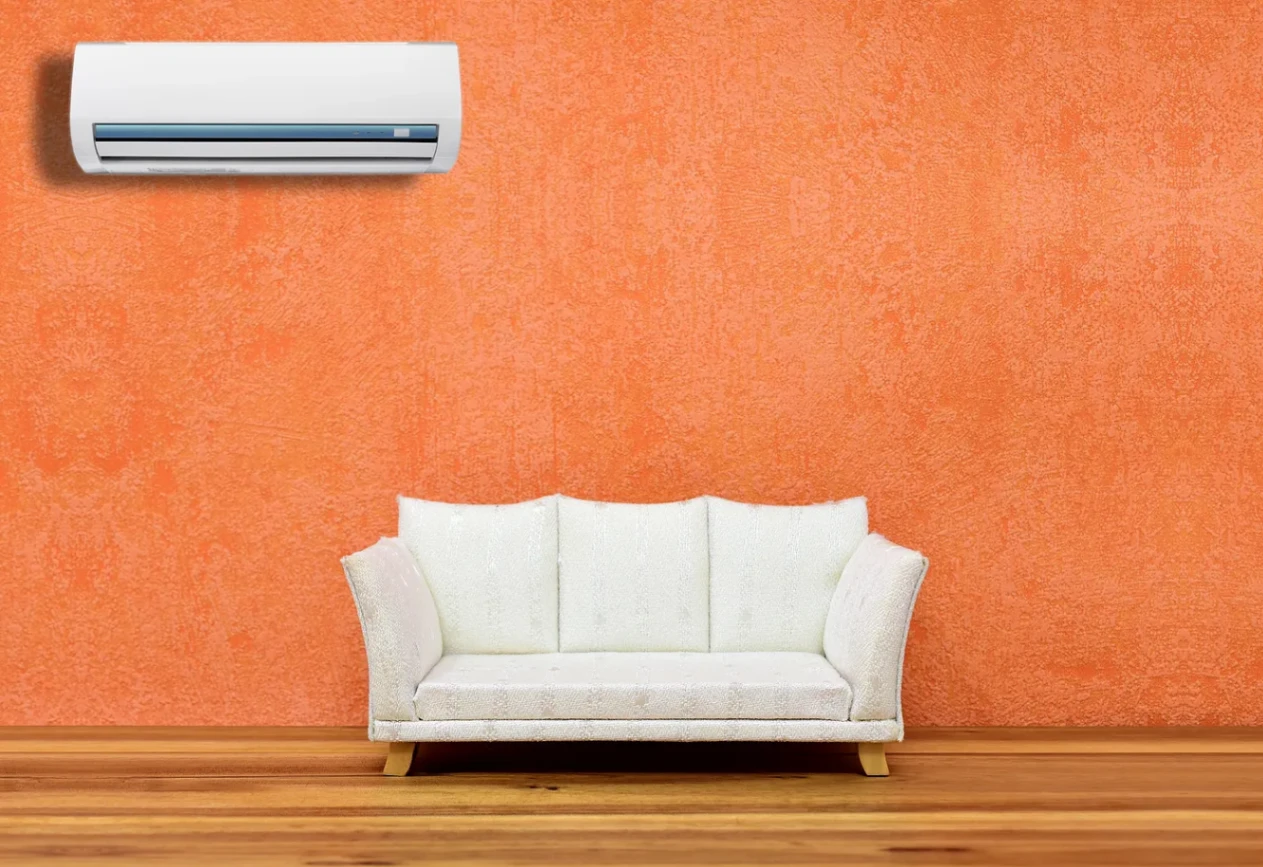It is that time of the year when we sweat without doing any work, all credits to the summer. This in fact pushes us to do all sorts of things to beat the heat, right from drinking lots of water and juices to avoid travelling in the sun and so on. One that stands out is the Air-conditioners.
In this blog, we will be discussing how an air-conditioner works.
Air-conditioner operates on the reversed Carnot cycle, which we also discussed for the F1 car. It operates between the inside of a room at temperature T2 and the outside at temperature T1, where T1 > T2.
In simple words, the air-conditioner makes the room cool by ‘suction’ of the hot air inside it using refrigerant and releases the cool air.
This suction is carried out through components like:
Evaporator, Compressor, Condensor, Expansion valve, Refrigerants.
Refrigerant
Refrigerant is nothing but a cooling fluid, usually in the form of water, ammonia or complicated gas molecules like R22 (banned in India owing to the high emission nature of the gas), R32, R410A. The type of refrigerant is chosen based on the specific use and type of AC.
Evaporator
These are heat exchanger coils that help the heat to be absorbed from the refrigerant
Compressor
This compresses the gaseous refrigerant and is usually present in the outdoor unit.
Condensor
As the name suggests, this condenses the refrigerant gas and expels the heat outside. This too is located on the outdoor unit.
Expansion valve
This is located between the Evaporator and Condensor coils and controls the amount of refrigerant that needs to be circulated.
The hot air in the room is sucked in through a grill at the bottom of the indoor unit, which then flows through some pipes through which the refrigerant flows. The refrigerant fluid absorbs the heat and itself becomes a hot gas. Thus, heat is removed from the air that falls on the evaporator coils. Note that the evaporator coil not only absorbs heat but also flushes moisture out of the incoming air, which helps to dehumidify the room. A snapshot on why humidity affects the working of coolers, the simpler version of Air-conditioners.

This hot refrigerant gas is then passed on to the compressor located on the outside unit, which compresses the gas so that it becomes hot as the compression of a gas increases its temperature.
This hot high-pressure gas then reaches the third component — the condenser. Here, too, the condenser stays true to its name and condenses the hot gas into a liquid.
The refrigerant enters the condenser as a hot gas but quickly becomes a cooler liquid because the heat from the “hot gas” is dissipated into the environment through metal fins. As a result, the refrigerant loses its heat as it leaves the condenser and becomes a cooler liquid. This flows through an expansion valve — a tiny hole in the system’s copper tube — which controls the flow of the cool liquid refrigerant into the evaporator so that the refrigerant arrives at the point where its journey began. The diagram below gives a clear picture of the working of an AC.

Here we are. Hope you won’t be seeing the ACs as some magical devices next time, which gush out the cool air even when there is heat but as a set of cool machines using chemical processes to work around.

